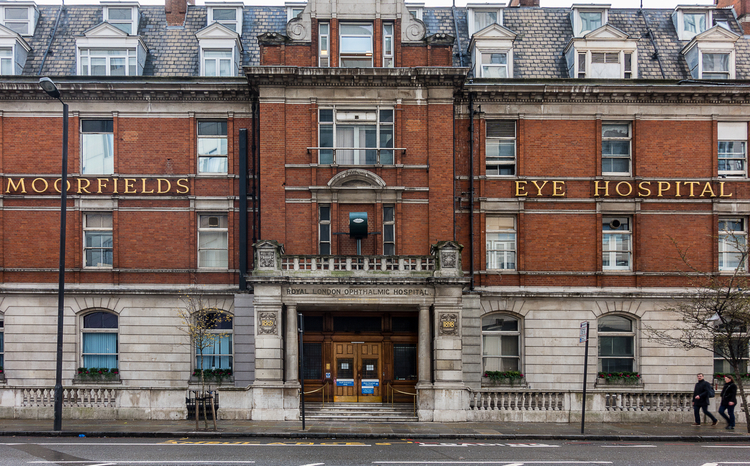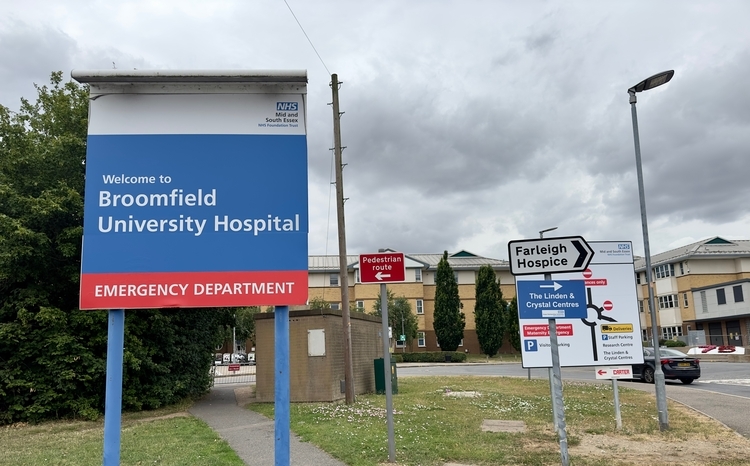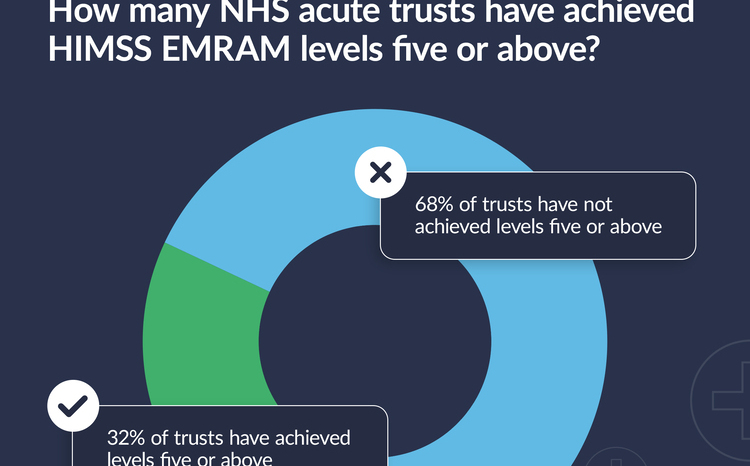King’s picks Civica for EDM
- 26 May 2015

King’s College Hospital NHS Foundation Trust is implementing an electronic document management to support its electronic patient record and the struggling Princess Royal University Hospital.
The trust took over Princess Royal after the dissolution of the underperforming South London Healthcare NHS Trust in 2013, but has been beset by historical issues at the site, including poor availability of medical records leading to cancelled appointments.
To help overcome these issues, the trust will use Civica’s WinDIP EDM to process historical medical documents and integrate them with the trust’s EPR, which is based on the iCM clinical suite developed by iSoft (now CSC), but enhanced by the trust’s in-house IT team.
Colin Sweeney, director of ICT at King’s College Hospital, told Digital Health News that WinDIP will first be used at its Denmark Hill campus. It will then be rolled out to the Princess Royal once the IT team has completed the implementation of the EPR at the site.
“We thought that rolling out document management at the same time as the EPR would be a bit too much to take,” he said. “We decided to reassess and make sure the hospital was as running as paper free as possible before implementing the EDM.”
King’s College Hospital will initially outsource scanning services to a third party bureau, which will begin work on 270,000 records at its Denmark Hill campus to upload to the EDM, with plans down the line to bring this operation in-house.
As for timescales, the trust completed the deployment of its patient administration system at Princess Royal last November, and is currently developing the other aspects of EPR, including e-prescribing.
The aim is to roll out the implementation of the EDM, which will be integrated with the EPR, steadily throughout the whole organisation by February 2016.
The contract with Civica runs for five years and the trust said it predicts to save £700,000 over the next two years.
Sweeney said these savings will come from reductions in storage costs, stationery and staff, although some staff members will be moved to vacant positions in other parts of King’s College Hospital.
The trust has piloted the system in its dental and ophthalmology departments at the Queen Marys Hospital in Sidcup, with positive results.
Sweeney said that the main benefits of using EDM will come from improving the availability of medical records to support patient care, although other benefits include making auditing a simpler, faster process.
He added that the company went with Civica’s WinDIP as it was a “proven solution” that had been implemented elsewhere in the country.
King’s College Hospital is working in other ways to improve services at Princess Royal and improve the link with Denmark Hill. This includes working to get a single system for pathology across both sites.
Regarding other technological improvements at Princess Royal, Sweeney said a lot depended on the future of the trust’s 16-year-old EPR at the Denmark Hill campus, which is currently under debate.
During a best practice event at the trust early this month Sweeney said: “Our aim is to roll out what we’ve got at Princess Royal but it is an old creaking system and we need to look at what we’re going to do in the future.”




